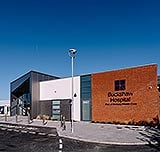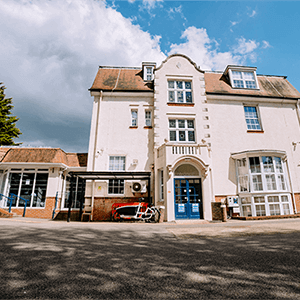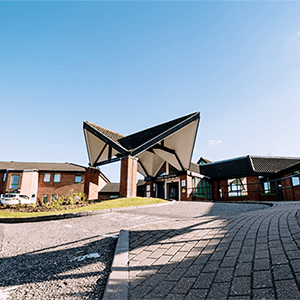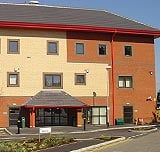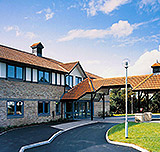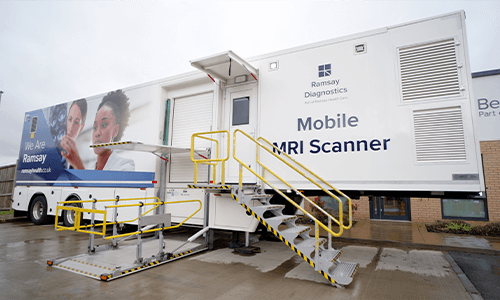You usually don’t need any recovery time after a radiology exam. They are carried out as outpatient procedures and you can go home after the scan is finished and return to your normal activities straight away.
You may have some temporary side effects if you had a contrast agent before your X-ray. For example, barium can make your poo a whitish colour for a few days.
After a CT scan, if a contrast was used, you may be advised to wait in the hospital for around an hour to ensure you don't have a reaction to it.
If you had an endoscopic ultrasound with a sedative to help you relax, you can expect to stay in the hospital for a few hours until the medication wears off. You will also need a lift home and someone to stay with you for the next 24 hours.
Also, if you have had a sedative for an MRI, you are not safe to drive, operate heavy machinery or drink alcohol for 24 hours afterwards.
You may be told the results of your radiology test soon after it has been carried out. However, usually, the images need to be analysed and a report sent to your referring doctor who will discuss the results with you.
The results of your scan won't usually be available on the same day. They'll be sent to your specialist to be discussed at your next appointment. This can take a few days or weeks.


